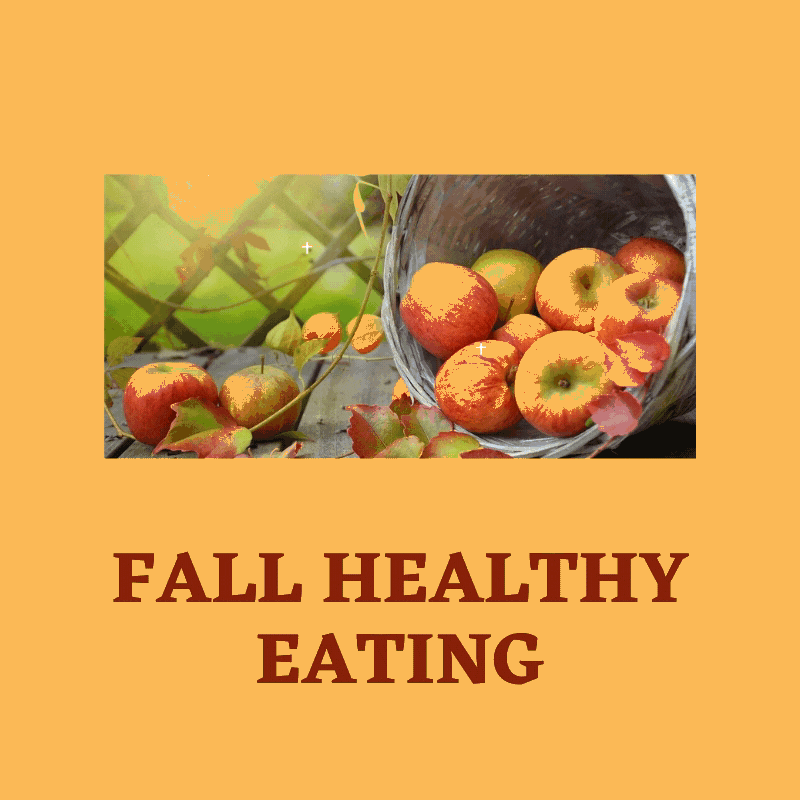
Last Friday, October 16th, was World Food Day— one that is particularly special, because it marks 75 years since the creation of the Food and Agriculture Organization of the United Nations. Since 1945, the FAO has been working towards the goal of eradicating hunger around the world, believing firmly that everyone has a right to have access to healthy food. World Food Day is the perfect opportunity to examine your own eating habits and make sure you are eating in a way that is nutritious and balanced. Luckily, there’s a tool that helps you do just that.
In 2011, Michelle Obama and the US Department of Agriculture launched MyPlate, a simple visual aid that you can use to make sure you’re getting the nutrients you need with each meal you eat.
MyPlate makes healthy eating easier. Let’s break it down:
- Half your plate should be fruits and vegetables. These can be raw, cooked, fresh, frozen, canned, or dried—the options are truly limitless. Try to eat a wide variety of different fruits and vegetables throughout the day. For example, you can eat dark-green vegetables like spinach with one meal, and red and orange vegetables with the next. A healthy plate is a colorful one!
- Grains are an important source of fuel for your body. When you eat grains, try to choose whole grains (like whole wheat bread) over refined grains (like white bread), since they’re not only more nutritious, but they also cause your blood sugar to increase less than refined grains do.
- Protein is another food group you should be consuming everyday, and meat isn’t the only way to eat it. You can also get your protein from nuts, seeds, eggs, beans, peas, and soy products.
- Dairy products are rich in calcium, potassium, vitamin D, and protein. For peak nutritional value, try to choose low-fat or fat-free milk, yogurt, and cheeses over full-fat ones. If you can’t eat dairy, certain juices, cereals, soy products, non-dairy milks, and leafy greens can also be good sources of calcium.
Remember, a healthy lifestyle isn’t built overnight. Start by making small changes to your diet and committing to sticking to them, which will help you stay healthy in the long-term. A nutritious diet is a right that you, and everyone else in the world, deserves to have.
If you’re interested in learning more about the UN’s initiatives to end world hunger, you can check out the UN Food and Agriculture Organization website or support the World Food Programme (at no cost to yourself!) at FreeRice.com. Happy World Food Day, and as always, stay healthy and stay safe!
–Wellness and Stress Clinic Team
Sources:


